(NLDO) - Ripples from the center of the Earth have revealed extremely strange structures, countless.
Studying how seismic waves travel through the Earth's structural layers, scientists from the Swiss Federal Institute of Technology (ETH Zurich) and the California Institute of Technology (Caltech - USA) have discovered structures that "should not exist".

Maps of the Earth's interior show the existence of strange structures where seismic waves travel slower (red) or faster (blue)
According to Science Alert , taking advantage of the power of the Piz Daint supercomputer to process data from all types of seismic waves, the Swiss-American team has assembled an unprecedentedly detailed map of the Earth's lower mantle.
Our planet has five main layers. The outermost layer, the crust, where the continents and oceans reside, is made up of over 20 large and small tectonic plates.
Below the crust are the upper mantle, lower mantle, outer core, and inner core.
The mapping process has shown that what looks very much like tectonic plates, or pieces of the Earth's crust, appear in the lower mantle, in great abundance.
They are revealed because seismic waves passing through these regions change in velocity, due to their different composition than the mantle. Geologists often refer to them as mysterious "blobs" within the planet's structure.
The Earth's tectonic plates tend to sink into the mantle in a process called subduction, a part of plate tectonics.
That's when one plate slides under another and sinks deep into the planet, like a shipwreck. But they don't sink too far from where they "wrecked."
However, the map the team has just created shows that large, plate-like plates exist all over the world, many of which lie far from any known subduction zones in recent geological history, such as a large one in the western Pacific .
Earth scientist Thomas Schouten from ETH Zurich, a co-author, suggests that these unexplained masses could have multiple origins, not necessarily due to subduction.
In the article published in the journal Scientific Reports, the group of authors put forward many hypotheses.
It could be ancient, silica-rich material that has existed since the mantle formed some 4 billion years ago and has persisted despite convective movements in the mantle, or regions where iron-rich rocks accumulated due to movements of the mantle over billions of years.
For example, they may include layers that have been detached from the base of tectonic plates, which are much thinner than normal near the surface.
Previously, some studies involving ETH Zurich also posed a more interesting hypothesis for some of the newly identified material fragments: They could be the undigested remains of Theia.
Theia is the name of a hypothetical planet the size of Mars, which many scientists believe collided with the early Earth about 4.5 billion years ago.
The collision caused the materials of the two planets to blend together, with Earth almost "swallowing" Theia and creating today's Earth. Some debris from both was thrown into orbit, gradually condensing into the Moon.
Source: https://nld.com.vn/tan-tich-hanh-tinh-khac-xuat-hien-khap-noi-trong-trai-dat-196250114102653064.htm








![[Photo] General Secretary To Lam attends the 80th anniversary of Vietnam's diplomacy](https://vstatic.vietnam.vn/vietnam/resource/IMAGE/2025/8/25/3dc715efdbf74937b6fe8072bac5cb30)




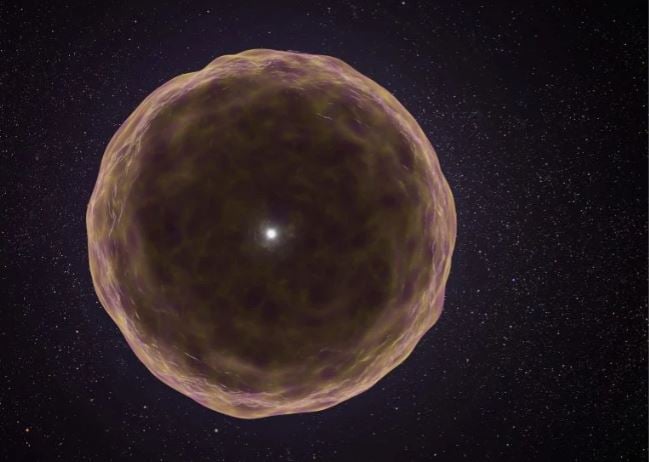
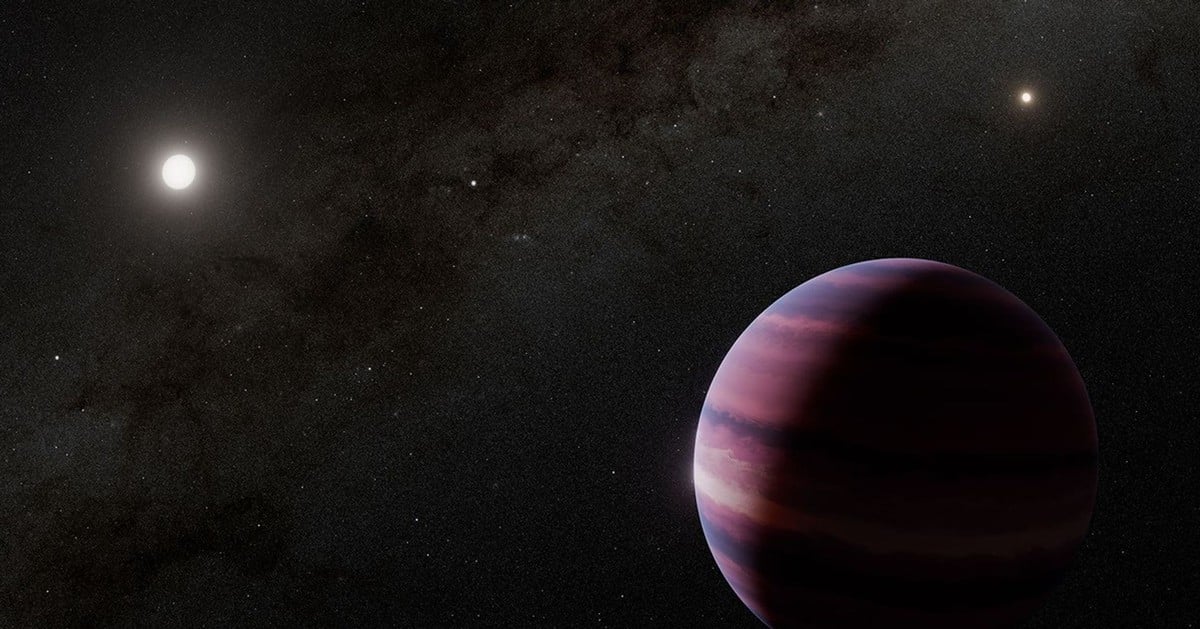



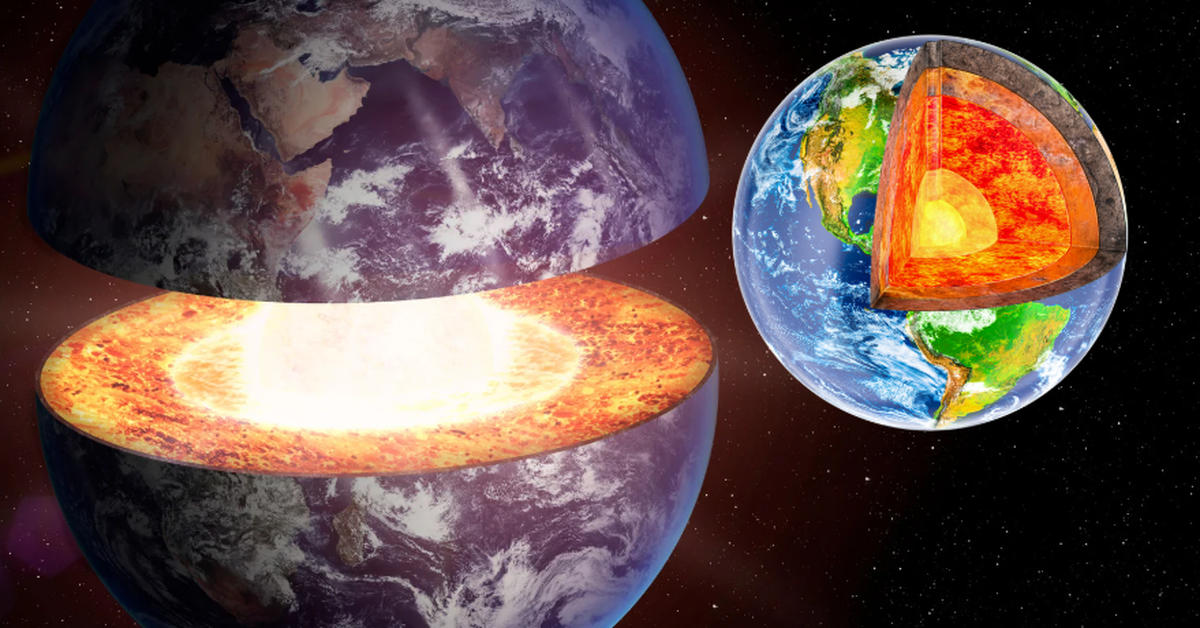
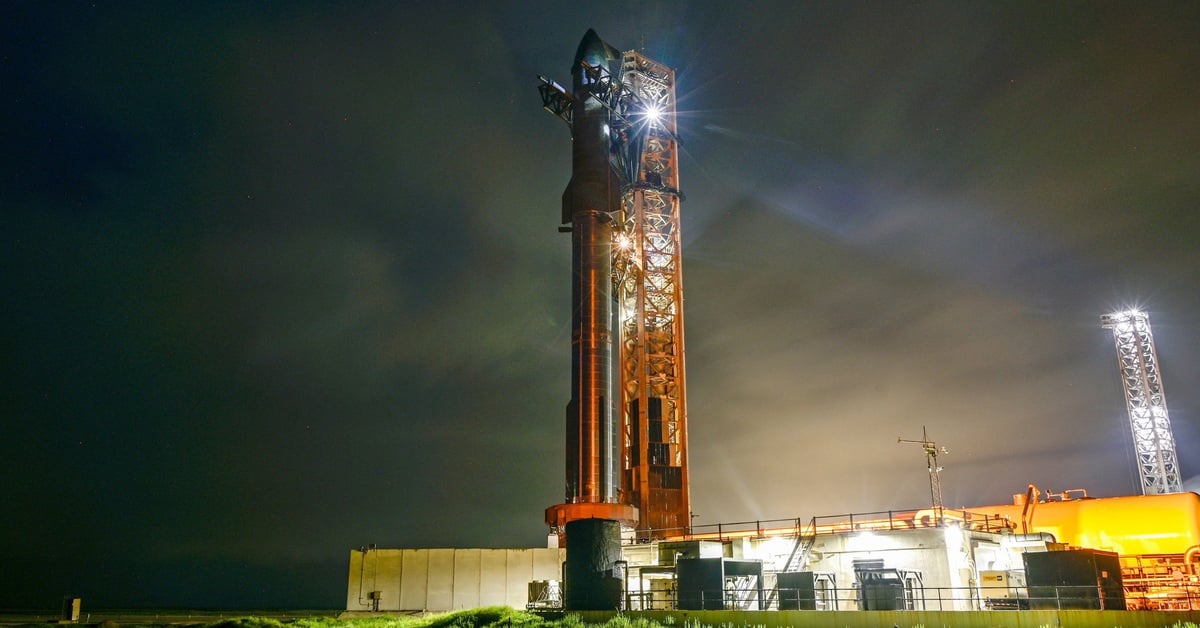
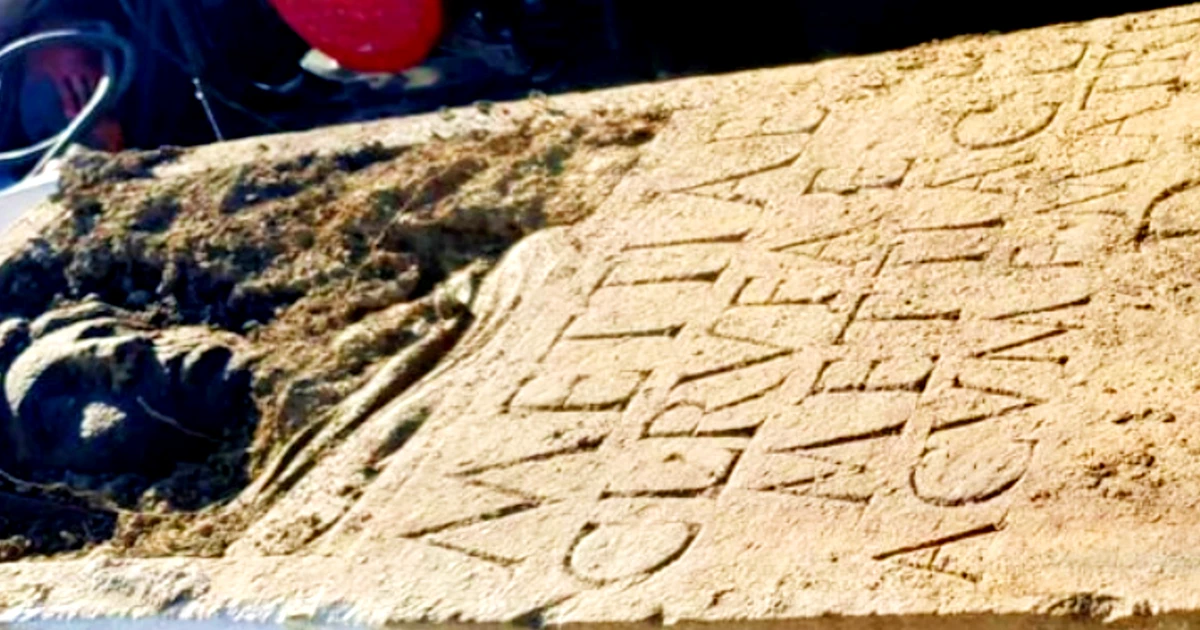





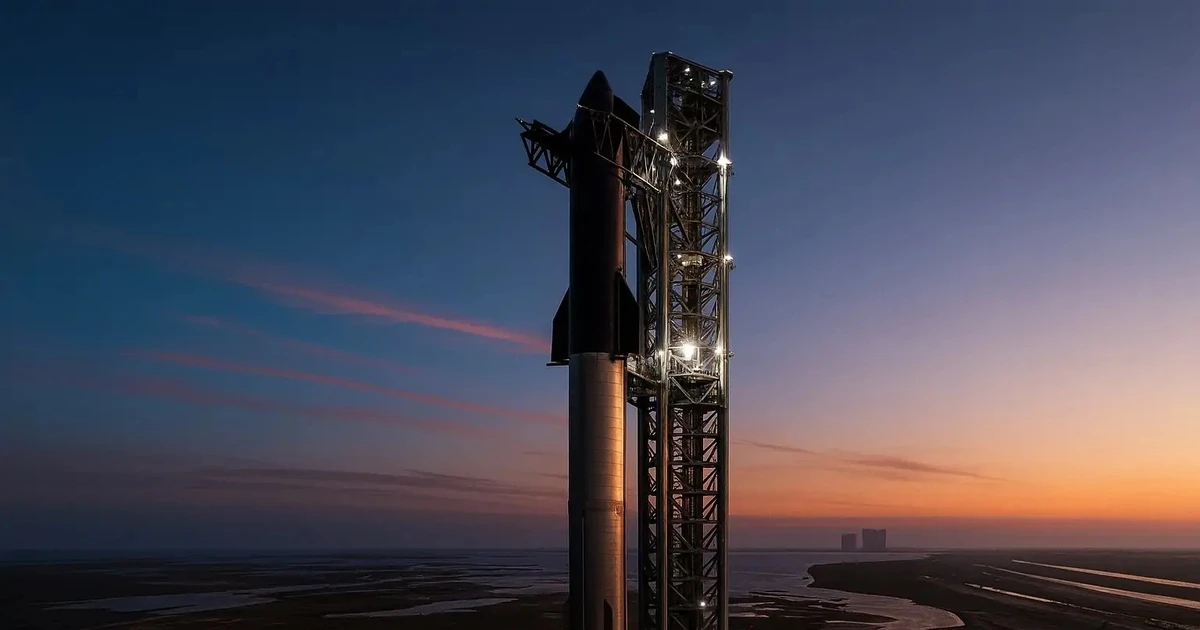














































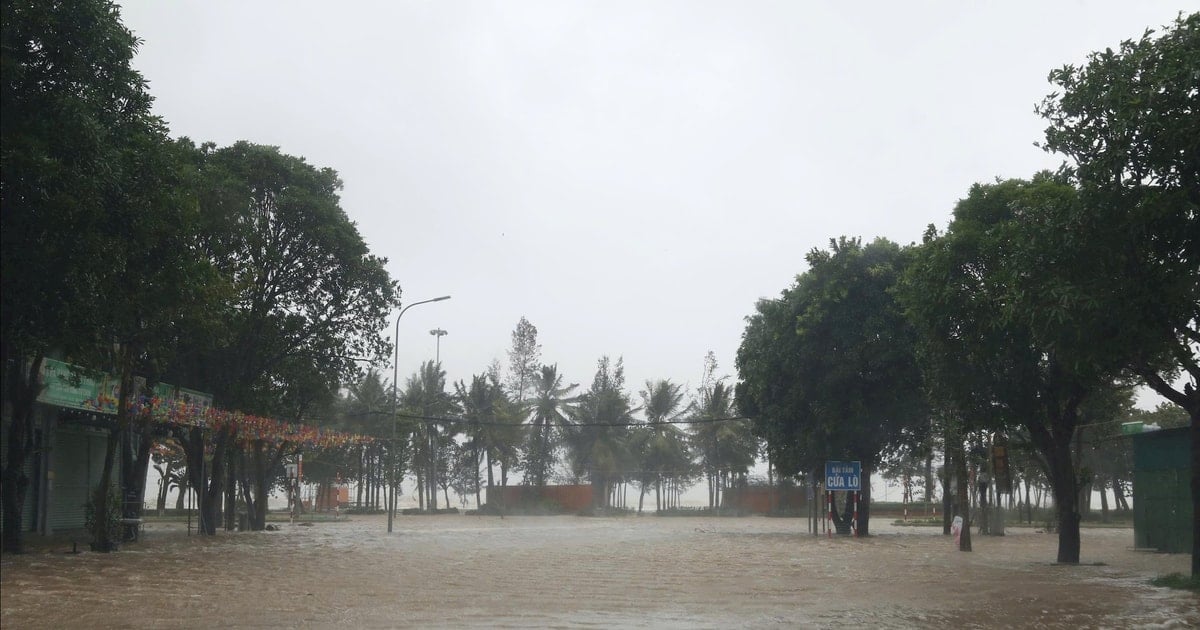




































Comment (0)